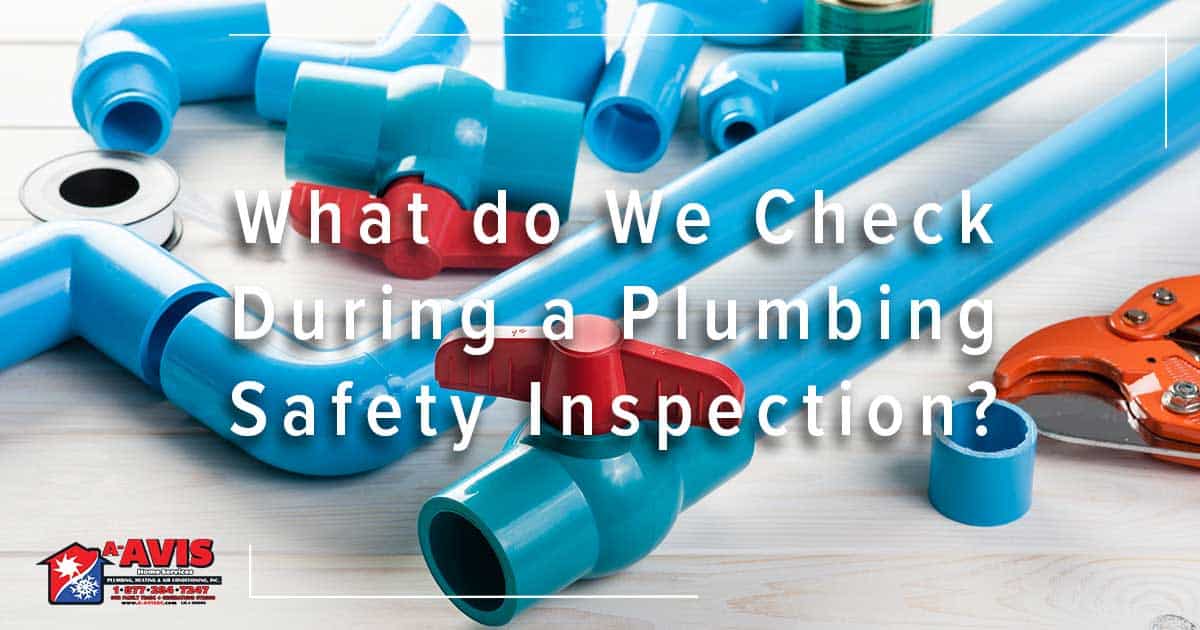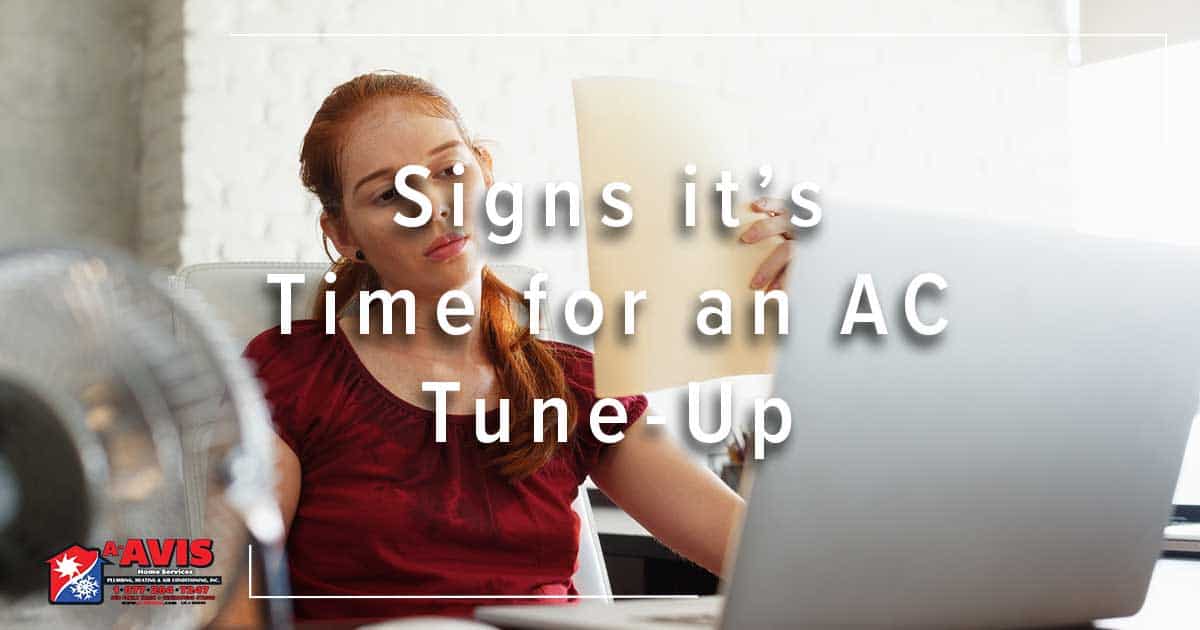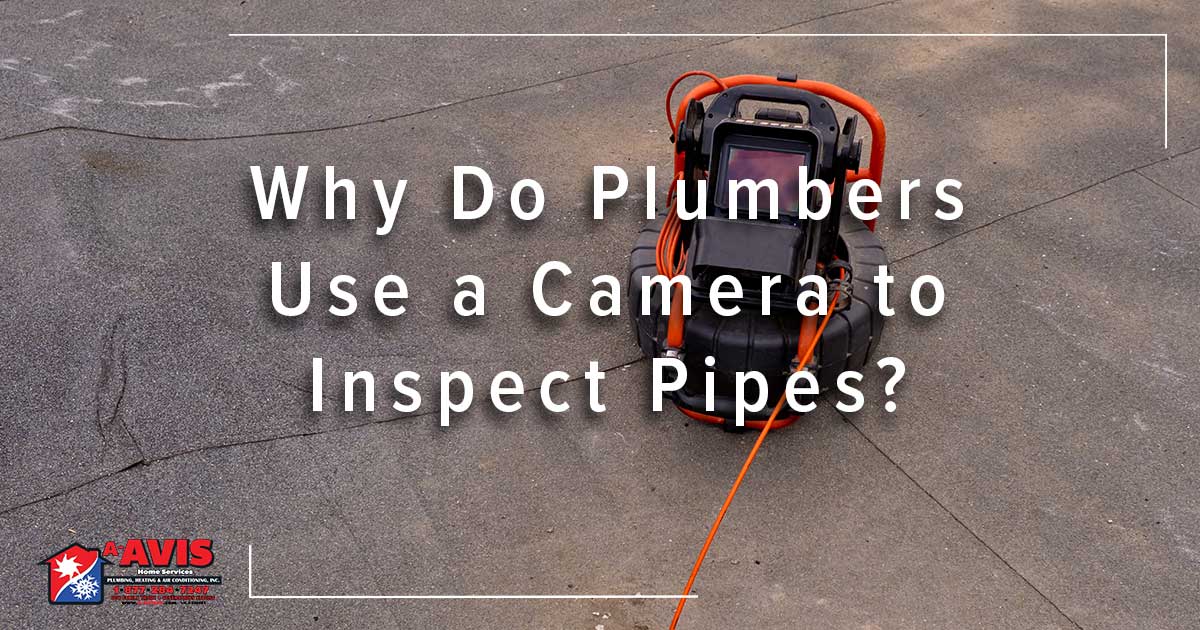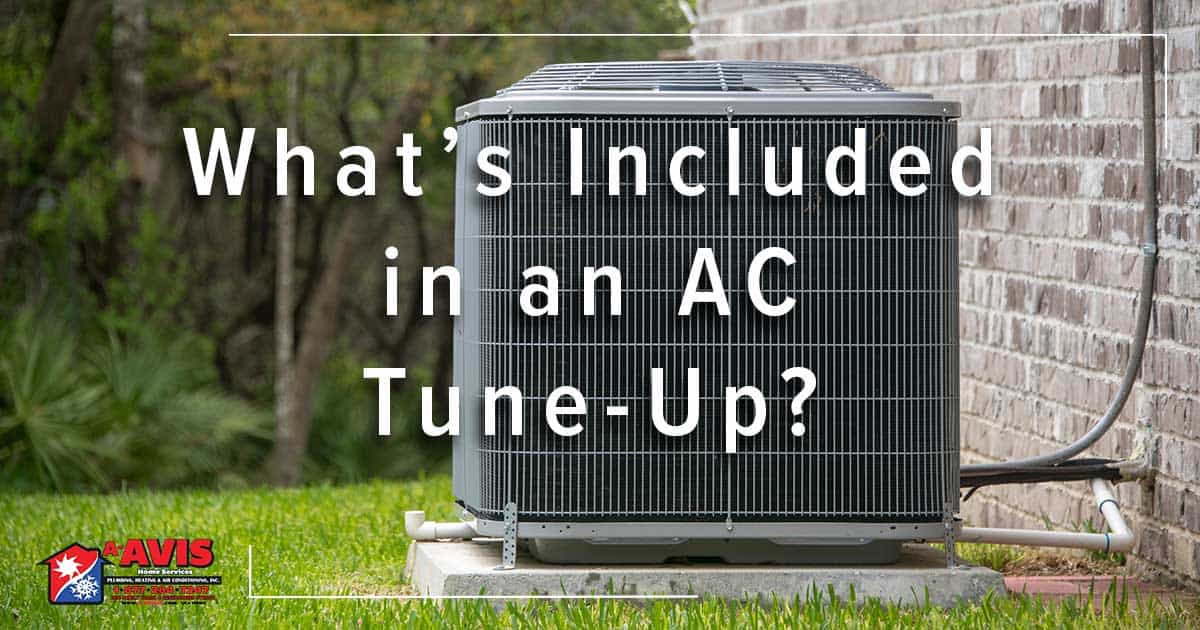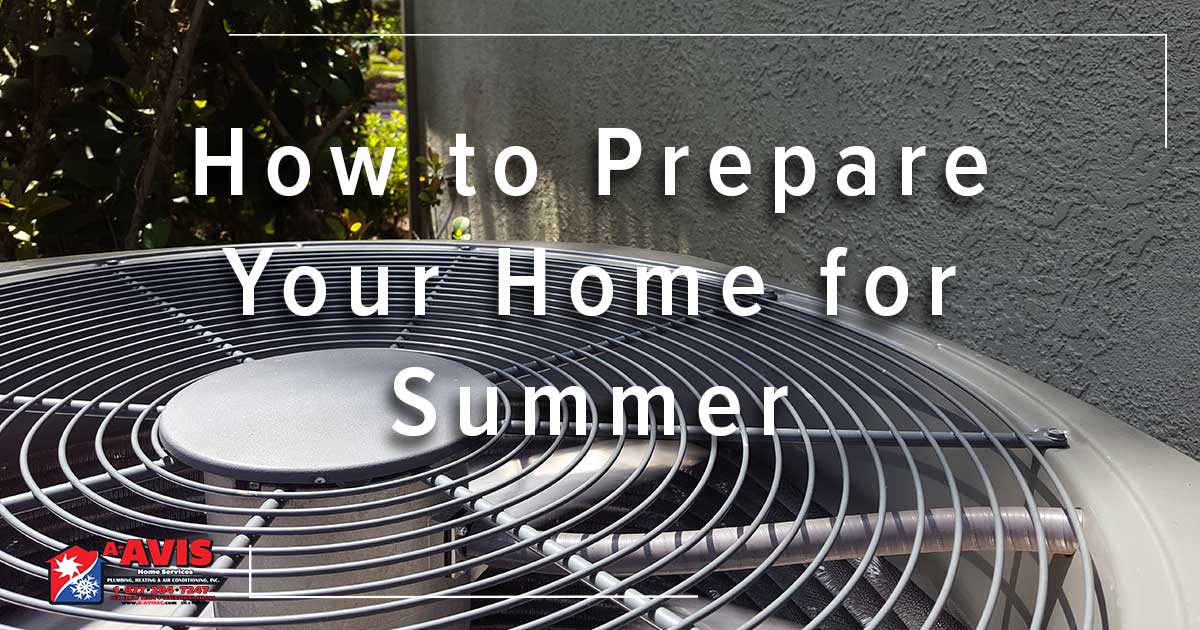A plumbing safety inspection isn’t top of mind for most Southern California homeowners. Most people schedule a plumbing inspection while they’re going through the house purchasing process, or they wait until something has gone wrong. At A-Avis, we like to say an ounce of prevention is worth a pound of cure. That’s why we started doing plumbing safety inspections. Below we outline everything we check during the 11-points of this safety inspection.
Our 11-Point Plumbing Safety Inspection Includes:
Water Heater Safety and Visual Inspection
- Your water heater is truly the MVP of your household. It helps you bathe, clean, and stay safe. Our plumbers take special care to test and inspect your water heater. First, they’ll conduct a visual inspection to see if there is anything wrong with the outside of the appliance, this includes checking the safety straps and looking for any obvious leaking or sanding water.
The plumber will then inspect any electrical or gas components. There are serious fire hazards if those are not working. We check for stripped wiring and for mineral buildup from hard water. At A-Avis, we recommend a water heater flush for appliances that are 5-years-old or younger.
Toilet Inspection
- There are a few things we look for when we inspect your toilets. First, is your toilet stable? When toilets rock from side to side it could be an indicator of a broken or failing seal. When the seal breaks or cracks it can flood your bathroom.
We’ll then check the toilet handle and flapper. Is the handle working as it should? The flapper is what stops water from constantly running in your toilet. The other thing we check in the toilet tank is the fill valve. A faulty fill valve will lead to water that’s constantly running. A true drain to the environment and your wallet.
The last things we check during the toilet inspection are the supply line and angle stop. Many toilets’ supply lines are connected to the tank with a plastic nut, which is the angle stop. We check to make sure that the angle stop isn’t cracked or broken.
Main Sewer Line Inspection
- When our plumbers ask about your home’s cleanout? They’re doing this to check your main sewer line. Our plumbers will first conduct a visual inspection of the cleanout. Next, the plumber will ask you to start running water from taps in the home. This allows us to see how the water is flowing. Next, we’ll feed a camera through the main sewer line to check for any buildup or cracks in your pipes.
Verify Proper Clean Out
- This one goes along with the main sewer line inspection. We’ll look to see if there are proper vents that lead from your home appliances to the sewer. Without those vents, we can’t properly snake the drain and give it the cleaning it deserves.
Drain Line Inspection
- During the main sewer line inspection, our plumbers will also run a camera into your drain lines to see if there are any issues that need to be addressed.
Check for Pressurized Plumbing
- Next on our list is to check the water pressure. All we need is a hose bib. Our plumbers will connect a pressure gage to the hose bib, turn on the water, and get a reading of the pressure. Your water pressure should be between 65 and 75. Anything over 75 can lead to major problems.
Inspect for Proper Ventilation
- Did you know that any sink, tub, or toilet in your home needs a vent? It’s ok, a lot of unlicensed contractors don’t know this either. Fumes go down the drain with any debris and they need a place to go. Without the proper ventilation, the fumes are just stuck there and will waft back into your home.
Inspect for Proper Plumbing Insulation
- Any plumbing pipes that are on the outside of your home need to be insulated. Temperatures can be very different from the inside of your home to the outside of your home. We want to make sure any heat treated water stays nice and toasty on its journey from water heater to tap.
Inspect for Gas Leaks
- Many of the appliances in your home use gas to create heat. The stove, clothing dryer, and water heater are a few examples. Our plumbers will test the gas lines going into the appliances and see if there are any leaks.
Quality Test Tap Water
- Each one of the plumbers at A-Avis is outfitted with a tap water test kit. They take a sample of water directly from one of your sinks and check it for water hardness and chlorine. There will always be a trace level of chlorine in your water—that’s how the city purifies it—but you just don’t want too much.
Inspect All Shutoff Valves
- The water shutoff valve is an important safety tool in your home. IF you’re dealing with a leak or flood somewhere, all you need to do is stop the water. Older homes are equipped with a gate valve. This valve works by essentially raising and lowering a gate to stop or start the flow of water. Older ones can be ineffective. Our plumbers will not check a gate valve because of how testy they can be.
Schedule a Plumbing Safety Inspection with A-Avis
Our expert plumbers are trained to look at your plumbing system and see if there are any problems. They will go over every step of this inspection with a fine tooth comb, so you receive an accurate assessment. We proudly serve parts of Riverside and San Bernardino counties. Call the number at the top of of the screen or click here to request an appointment online.


